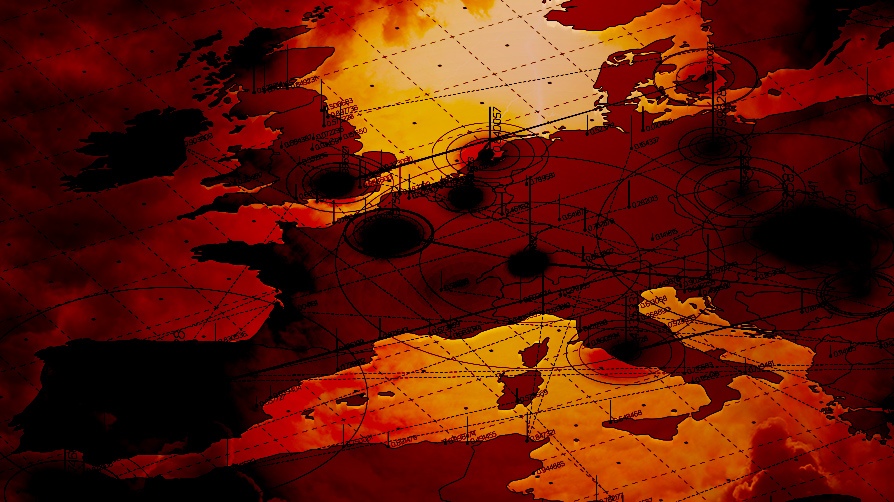

Dr. David Jeremiah Presents
Living inthe Ageof Signs
Online Destination

Living in the Age of Signs
Online Destination

Divine Government
Today’s Audio Devotion:
Divine Government
On the first anniversary of the Battle of Lexington—the beginning of the American Revolution—local pastor Jonas Clarke preached a sermon. He spoke eloquently about God’s overruling providence. He said, “Next to the acknowledgement of the existence of a Deity, there is no one principle of greater importance…than…belief of the divine government and…providence…. That God is Governor among the nations, that his government is wise and just, and that all our times and changes are in his hands.”
We are not waiting for God to take control. He’s already in control. When we see the chaos of our world today, we may be tempted to despair. But things are not what they seem.
The same God who governs the galaxies is overseeing the times—and He ordains all our steps too. His throne is in heaven, and earth is His footstool. Give thanks today that Jesus Christ is now and forever the Lord of all.
However dark and mysterious the ways of providence may appear; yet nothing shall overwhelm the mind, or destroy the trust and hope of those, that realize the government of Heaven…that an all wise God is seated on the throne and that all things are well appointed…for them that fear Him.
Jonas Clarke
For Your Phone or Tablet
Official Mobile App and Lock Screens
Some 2,600 years ago, God gave King Nebuchadnezzar a dream. In this dream, the king saw a five–part statue made of five different metals (see Daniel 2). Each section represented an empire, beginning with Nebuchadnezzar's Babylon. Four of these empires have already risen and fallen in history—a clear fulfillment of Daniel's prophetic interpretation. The fifth and final empire indicates a future Europe—a ten nation coalition that will unite under the Antichrist's rule.
You can read about the King's dream and Daniel's interpretation in Daniel 2, but let's take a quick visual look at what you will find:

-
King Nebuchadnezzar's Babylon
Daniel's words to the king are clear. "You are this head of gold" (Daniel 2:37–38).
-
Medo–Persian Empire
The Medo–Persian Empire conquered Babylon in 539 BC and remained in power for approximately two hundred years (Daniel 5:28).
-
Grecian Empire
Greece's Empire succeeded the Medo–Persians (Daniel 8:21).
-
Roman Empire
When the Grecian empire was conquered by Rome, all the lands and peoples of the previous kingdoms were assimilated into the Roman Empire through the strengths of the "iron legions of Rome" (Daniel 2:40).
-
Future European Coalition
This empire has not yet risen. Daniel foretells a time when the Roman Empire—Europe—will consist of ten kingdoms or leaders. The future Roman Empire will be present on the earth when God sets up His earthly kingdom (Daniel 2:44).









